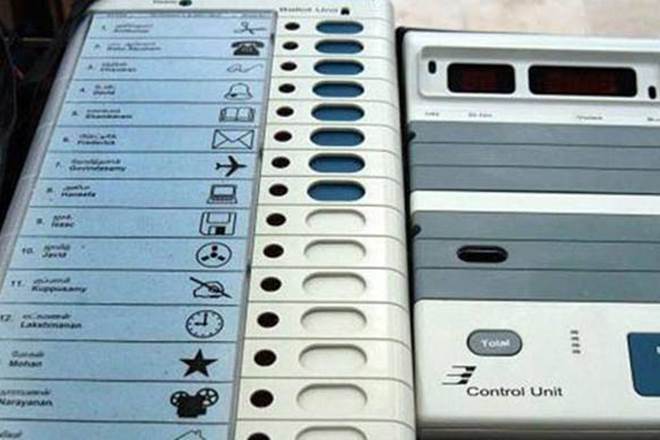Knowledge, Information and Experience
History:
As an engineer, Mr. Rangarajan (aka) Writer Sujatha Rangarajan supervised the design and production of the electronic voting machine (EVM) during his tenure at Bharat Electronics Limited, a machine which is currently used in elections throughout India, gazetted “Electronically operated vote the counting machine”. His original design was exhibited to the public in Government Exhibitions held in six cities. The EVMs were commissioned in 1989 by Election Commission of India in collaboration with Bharat Electronics Limited and Electronics Corporation of India Limited. The Industrial designers of the EVMs were faculty members at the Industrial Design Centre, IIT Bombay. The EVMs were first used in 1982 in the by-election to North Paravur Assembly Constituency in Kerala for a limited number of polling stations. The EVMs were first time used on an experimental basis in selected constituencies of Rajasthan, Madhya Pradesh and Delhi. The EVMs were used first time in the general election (entire state) to the assembly of Goa in 1999. In 2003, all by-elections and state elections were held using EVMs, encouraged by this election commission decided to use only EVMs for Lok Sabha elections in 2004.
Procedure to use:
The control unit is with the presiding officer or a polling officer and the balloting Unit is placed inside the voting compartment. The balloting unit presents the voter with blue buttons (momentary switch) horizontally labeled with corresponding party symbol and candidate names. The Control Unit, on the other hand, provides the officer-in-charge with a “Ballot” marked button to proceed to the next voter, instead of issuing a ballot paper to them. This activates the ballot unit for a single vote from the next voter in the queue. The voter has to cast his vote by once pressing the blue button on the balloting unit against the candidate and symbol of his choice.
As soon as the last voter has voted, the Polling Officer-in-charge of the Control Unit will press the ‘Close’ Button. Thereafter, the EVM will not accept any votes. Further, after the close of the poll, the Balloting Unit is disconnected from the Control Unit and kept separately. Votes can be recorded only through the Balloting Unit. Again the Presiding officer, at the close of the poll, will hand over to each polling agent present an account of votes recorded. At the time of counting of votes, the total will be tallied with this account and if there is any discrepancy, this will be pointed out by the Counting Agents. During the counting of votes, the results are displayed by pressing the ‘Result’ button. There are two safeguards to prevent the ‘Result’ button from being pressed before the counting of votes officially begins. (a) This button cannot be pressed till the ‘Close’ button is pressed by the Polling Officer-in-charge at the end of the voting process in the polling booth. (b) This button is hidden and sealed; this can be broken only at the counting center in the presence of designated office.
Security issues:
An international conference on the Indian EVMs and its tamperability of the said machines was held under the chairmanship of Subramanian Swamy, President of the Janata Party and former Union Cabinet Minister for Law, Commerce and Justice at Chennai on 13 February 2010. The conclusion was that the Election Commission of India was shirking its responsibility on the transparency in the working of the EVMs. In April 2010, an independent security analysis was released by a research team led by Hari K. Prasad, Rop Gonggrijp, and Alex Halderman. The study included video demonstrations of two attacks that the researchers carried out on a real EVM, as well as descriptions of several other potential vulnerabilities.
Tags: Be Responsible Citizen










